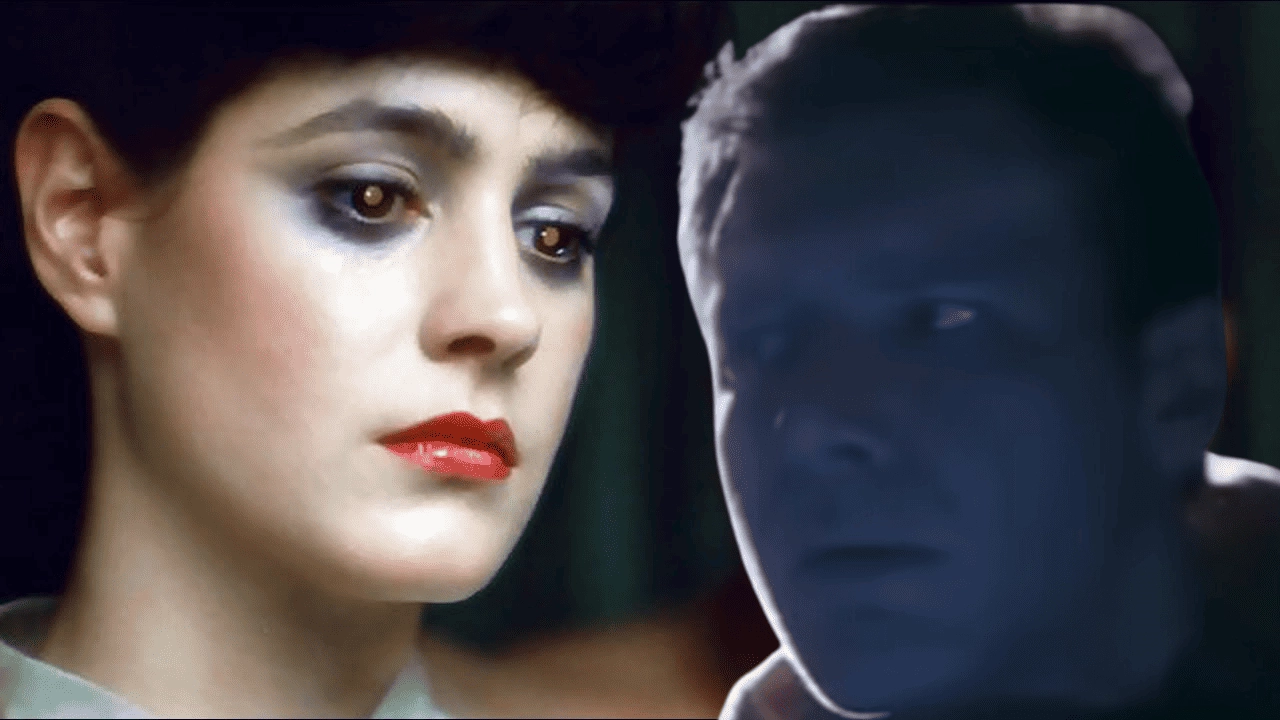| Please Wait Loading ..... |
 |

Ridley Scott's Blade Runner is a cornerstone in the realm of sci-fi cinema, dazzling audiences with its futuristic aesthetic and in-depth exploration of human existence in the face of evolving technology. Adapted from Philip K. Dick's novel, Do Androids Dream of Electric Sheep? The film captivated audiences with its enigmatic storyline and visual splendor. However, it was the ending of Blade Runner that sparked intense discussion and speculation among fans and critics alike. In this comprehensive exploration, we'll dive into the intricacies of Blade Runner's conclusion, dissect the various endings, unravel the mysteries of characters like Deckard and Rachel, and decipher the symbolic meaning of the unicorn.
Before we get into the complexity of the ending, it's essential to understand the larger context of Blade Runner. Blade Runner's release date is 1982, the film initially received a mixed reception from critics and struggled at the box office. Over the years, however, it has become a cult classic, celebrated for its atmospheric world-building, evocative score, and groundbreaking visual effects. The film's thematic focus on the blurred lines between humans and artificial intelligence, set against the backdrop of a dystopian future, cemented its place as a seminal work in the neo-noir and cyberpunk genres.

Blade Runner's journey to becoming a cinematic masterpiece has not been without its challenges. The film's deliberate inaccuracy in the first test screenings confused the audience, prompting the studio to intervene. Over the years, several cuts and reissues followed, each seeking to better align with Ridley Scott's vision of a dystopian future. Despite these changes, the film's appeal persisted, and it gained a devoted fan base who enjoyed its nuanced exploration of the darkest facets of humanity.
One of the most intriguing aspects of Blade Runner is its multiple endings, each offering a different perspective on the characters' fates. From the ambiguity of the original version to the more compelling endings of later versions, the Blade Runner film invites viewers to interpret the story in different ways. Exploring these endings sheds light on the filmmakers' creative choices and their impact on the overall reception of Blade Runner.
Blade Runner's ending centers on Roy Batty's surprising act of mercy toward Rick Deckard, challenging assumptions about empathy in artificial beings. This pivotal moment raises deep ethical questions about artificial intelligence, transcending programmed responses and exploring the boundaries between man and machine. The film prompts reflections on morality and compassion in non-human entities, adding layers to its exploration of technology's impact on ethics. In a few intense scenes, Blade Runner becomes a thought-provoking study of unexpected intersections between humanity and artificial life.

The ambiguity surrounding Rick Deckard's identity has been a focal point of discussion since the beginning of Blade Runner. Although the film hints that Deckard is a replicant, this question is deliberately left unanswered. Looking at the evidence and the director's statements on the subject provides insight into the deliberate ambiguity that fuels discussions between fans and scientists.

The character of Rachel, a replicant with implanted memories, plays a crucial role in the story of Blade Runner. The theatrical version of the film presents a different fate for Rachel compared to later cuts, prompting speculation about the implications of this change. Exploring Rachel's journey and the differences between the versions expands our understanding of the overall themes and character dynamics in the Blade Runner universe.
A recurring motif in Blade Runner is the unicorn, a symbol loaded with metaphorical meaning. The enigmatic connection between Deckard's unicorn dreams and Gaff's origami unicorn has baffled audiences for decades. Unraveling the symbolism behind the unicorn deepens our understanding of the film's thematic layers and invites us to reflect on the nature of memory, identity, and the blurred boundaries between reality and imagination.
As we navigate the intricacies of Blade Runner's ending and the unanswered questions surrounding the characters, we get to the heart of the film's conundrum: the true meaning of the conclusion. Exploring Blade Runner's thematic ending, philosophical reflections, and enduring legacy provides a lens through which we can interpret the ambiguous ending. The film's exploration of what it means to be human, the consequences of unchecked technological advances, and the enduring power of empathy resonates through time and continues to captivate audiences.
The ending of Blade Runner remains a gripping enigma, inviting audiences to ponder its complexities long after the credits roll. From the evolution of the film itself to the mysteries surrounding characters like Deckard and Rachel, every aspect adds to the enduring appeal of Ridley Scott's sci-fi masterpiece. As we unravel the threads of Blade Runner's multiple endings, we more deeply appreciate its thematic richness and the thought-provoking questions it asks about the intersection of humanity and technology. Ultimately, Blade Runner's legacy lies not only in its visual splendor but also in its ability to spark contemplation and discussion, securing its place as a timeless exploration of the human condition in light of a dystopian future.
Web Design by FMEOS